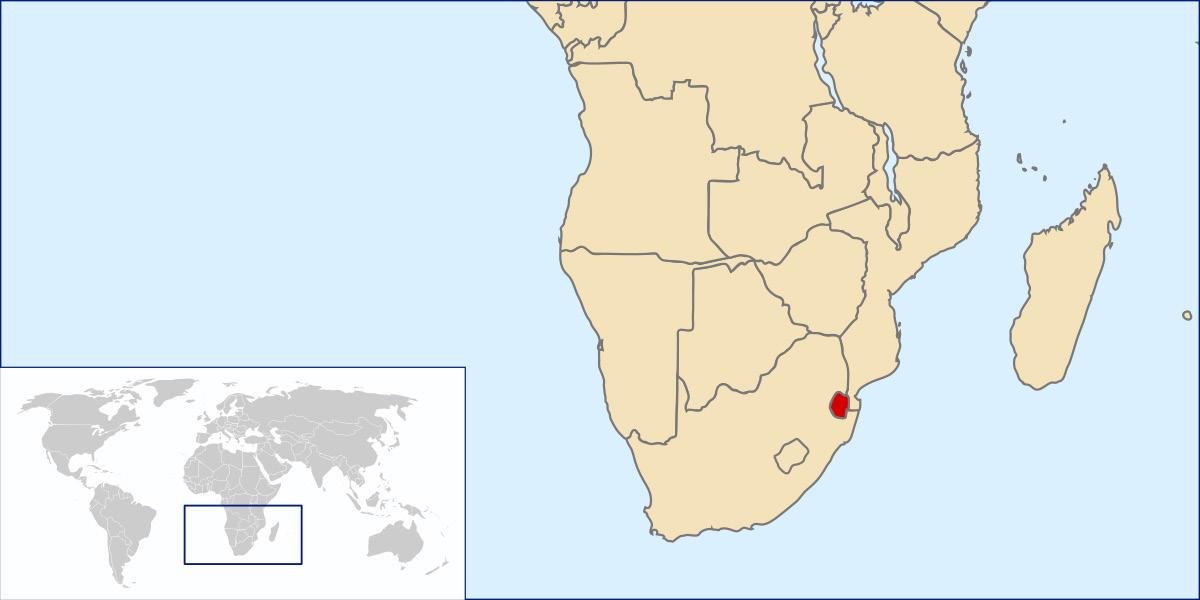
3 minute read
eSwatini: the promised land
ESWATINI
THE PROMISED LAND
Advertisement
VERONICA GUARISCO, 2D
Promises are binding, no doubt about it. I thank Rich, my desk mate, for inspiring me to do these hours and hours of research dedicated to the deepening of my understanding of this fascinating as it is unknown culture, of which you are enjoying the fruits. To better understand the Swati, the inhabitants of the former Kingdom of Swaziland, it is essential to put yourself in their shoes, or better yet, on the plateau of which their entire nation is comprised. Indeed, they live in a landlocked country which covers just over 17,000 km2: as a point of reference, its surface is less than half of that of Switzerland (41,000 km2). It is arguably the smallest country in the Southern hemisphere, situated between the Republic of South Africa and Mozambique at a latitude of 31º 30’ East of Greenwich, and a longitude of 26º 30’ South of the Equator. The state was often referred to as the Switzerland of Africa, and sometimes it was even confused with it because of the assonance. For this reason, on July 2018, on the occasion of his 50th birthday, king Mswati III changed the country’s name from Swaziland to eSwatini. After all, who wouldn’t? This is only one piece of the revolution he has led throughout his 36 years of regency, regarding both internal and foreign policy. The process was kicked off by his father on September 1968, when Swaziland was granted complete independence from the UK, even though it was still
a member of the Commonwealth of Nations. The king Sobhuza II, who had come into power in 1921, became the Head of State. However, he felt that their constitution, a product of the previous British rulers, did not reflect the culture of the Swazi people. In 1973 the previous establishment was suspended, and the new constitution, drawn up and presented 4 years later, made him the absolute ruler of the region. His death in 1982 began a period of regency, during which power was entrusted to one of the king’s wives, Queen Dzeliwe, as the regent’s advisor until the successor designated by the king reached the age of eighteen. Due to some disagreements between her Prime Minister and other members of the Royal Congress, she was discharged in favor of Queen Ntfombi, who was declared the Indlovukazi (a title roughly corresponding to “queen mother”, literally translated as “Great She-Elephant”), the mother of the current ruler. In 1986 the 18-year-old king was crowned as king and took the name of Mswati III. In 2004 Mswati promulgated a new Constitution that guarantees freedom of speech and assembly for both the media and the public, but retains a series of traditional and authoritarian privileges for the sovereign, which in fact makes the political system of Swaziland a form of absolute monarchy. Moreover, in an effort to mitigate the dramatic impact HIV and AIDS had in 2001, the king used his powers to invoke a consecrated rite, chastity, encouraging Swaziland girls to abstain from sexual intercourse for at least five years. This, together with the antiretroviral treatment, has reduced the number of infections by around a third since 2010. On the other hand, since June 2021 the continent’s last absolute monarchy has been crossed by waves of demonstrators calling for a transition to a democratic regime. According to statistics from 2019, the unemployment rate is 22%, while wandering at around 46% among young people. The percentage of the population living below the poverty line is 51.8%, but experts estimate that, considering the impact of the Covid-19 pandemic, unemployment and poverty will increase further, and the middle classes will also be affected. Such a situation can only be overcome with clever reforms, but it seems that
the will to do so is completely lacking, since Mswati III showed no intention of opening a dialogue with the opposition. Conversely, in early October the king responded by banning public demonstrations, closing high schools - as students were the heart of the protests - and increasing their repression. By the way, do you know why, when people strongly disagree with someone or something, they hang pieces of fabric on walls that their oppressors will never see, or stand for hours in a square no one cares about? I don’t. But I like to think that it’s because we want to reach our promised land. Not a religious one, not an actual place. Just the possibility of choosing our destiny and living in peace, in the land where we were born. Is it possible? I don’t know. Do I believe in it? Of course.




